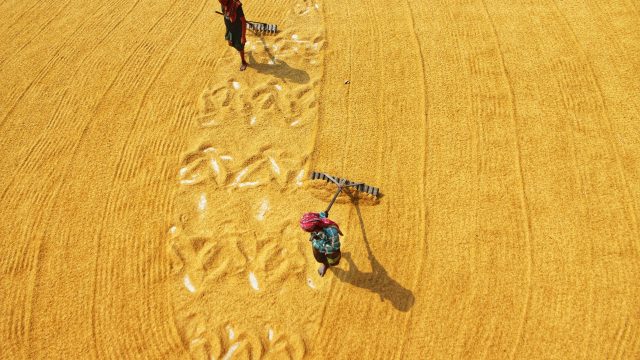Brazil's pioneering rainforest & livelihoods scheme

The Bolsa Floresta (”Forest Allowance”) Programme, which has operated in the Brazilian state of Amazonas since 2007, is one of the longest-running payment for ecosystems services (PES) schemes in the world. Managed by a private Brazilian NGO and funded largely from private sources, including Coca-Cola, Samsung, Abril Media Group and Marriott International, the project aims to conserve rainforests while improving local people’s livelihoods.
It comprises four interconnected components. Community-level investments help kick-start sustainable small enterprises, providing alternative income opportunities for locals in areas such as ecotourism, aquaculture, small-livestock breeding and natural honey production. Social investments in community infrastructure aim to improve education and health services for residents. Local collectives and civic associations receive funds for community empowerment. And female heads of household receive monthly payments of around 30 USD, in return for a commitment to good forest management practices, including zero net deforestation.
Impact
Beginning with just a handful of communities in two rainforest areas, the BFP now covers 583 communities across 10.9 million hectares of forest. Between 2008 – 16, the BFP invested a total of BRL 119,4 million (US$37.3 million), with 76% of that investment being paid directly to participating communities. The BFP has funded the construction of 67 schools, 160 radio communication stations, and 91 river ambulances, and has invested in numerous water supply, energy generation, river transport and internet access projects.
90% of participants surveyed believe that the BFP has contributed to the reduction of deforestation and the reduction of forest fires. Measuring the impact of the BFP on deforestation rates is complex, but the data suggests that the deforestation rate in BFP areas has reduced by 54% compared to a pre-2008 baseline.
Challenges & lessons
The size and inaccessibility of the Amazon rainforest – and the communities who reside there - has made monitoring and evaluating the project difficult. Ensuring that families keep to their forest management commitments currently relies on external monitoring and sanctions. Investing in the capacity of communities to self-regulate could improve effectiveness and cost efficiency.
The value of cash payments remains low, meaning that BFP does not fully compensate families for the loss of forest income. Indeed, fully half of participants surveyed worried that the scheme would lead to a decrease in household income. Given that incomes in BFP regions are well below national average, BFP investments in developing the local economy (through funding education, small green enterprises etc) may do more than cash payments to improve livelihoods.
Sources:
https://www.cifor.org/redd-case-book/case-reports/brazil/bolsa-floresta-brazil/
http://pubs.iied.org/pdfs/G04269.pdf
https://www.icv.org.br/wp-content/uploads/2015/08/2-Bolsa-Floresta-presentation_Victor-Salviati.pdf


